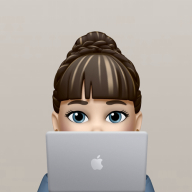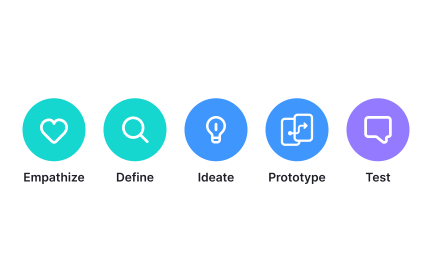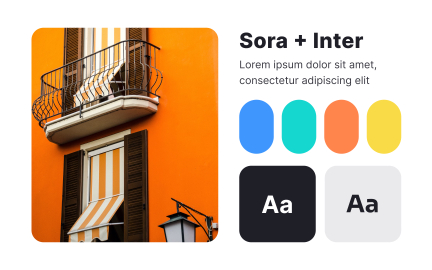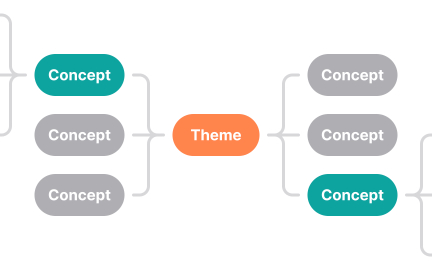Creative Thinking
Creative thinking combines imagination, problem-solving, and structured exploration to generate original ideas that drive better product management outcomes.

Creative thinking is the process of approaching challenges in ways that lead to new insights and solutions. It is not limited to artistic work but applies directly to problem-solving in design, product management, and business strategy. Instead of relying only on established practices, creative thinking pushes individuals and teams to consider new approaches and test unconventional ideas.
In UX and UI design, creative thinking fuels the ability to develop engaging user interfaces and unique interaction patterns. Designers use it to translate abstract user needs into visual and functional solutions that feel both intuitive and fresh. For example, the introduction of swipe gestures on mobile devices was a creative leap that reshaped how users interact with digital products.
In product management, creative thinking ensures that teams move beyond incremental improvements to uncover new opportunities. It helps managers reframe problems from different perspectives, such as looking at a market challenge as a chance for new positioning. Companies like Airbnb and Uber are often cited as examples of businesses built on creative thinking applied to existing industries.
Methods like brainstorming sessions, mind mapping, and lateral thinking exercises help teams generate a wide range of ideas. These methods encourage participants to suspend judgment temporarily, which allows unconventional solutions to surface.
Creative thinking also depends on an environment that values experimentation and is tolerant of failure. Teams that feel safe to test ideas without fear of immediate rejection are more likely to stumble upon breakthroughs
Real-world examples highlight its importance. Google encourages employees to devote a portion of their time to personal projects, which has led to products like Gmail. This shows how structured freedom can generate ideas that transform industries. For smaller teams, even setting aside a short period in meetings to entertain bold suggestions can make a meaningful difference in outcomes.
Learn more about this in the Cross-Functional Brainstorming Techniques Lesson, a part of the Cross-Functional Design & Product Teams Course.
Key Takeaways
- Creative thinking generates original, practical ideas for design and product management.
- UX/UI design uses creative thinking to shape intuitive and innovative user interactions.
- Product managers apply it to reframe problems and find new opportunities.
- Brainstorming and other techniques encourage a flow of unconventional solutions.
Creative thinking focuses on producing new possibilities, while critical thinking evaluates those possibilities. In design and product management, both are necessary. Teams may start with a wide pool of ideas generated through creative thinking, then apply critical thinking to narrow down and refine those ideas into workable solutions.
Using both together creates a cycle where new ideas can be proposed without hesitation, but are later tested against real constraints and evidence. This balance prevents teams from either becoming stuck in unrealistic concepts or defaulting only to safe, familiar solutions.
Creative thinking can absolutely be developed. While some individuals may show more natural tendencies toward imagination, techniques such as brainstorming, reframing exercises, and structured workshops give everyone the opportunity to practice. Over time, people learn to recognize patterns and connect ideas more freely, which strengthens creative capacity.
Organizations can also support this growth by creating a culture that values curiosity and experimentation. Encouraging questions like "what if" or "how else" during planning meetings signals that unconventional input is welcome. The more often individuals practice in this environment, the stronger their creative thinking becomes.
Creative thinking allows teams to move beyond standard solutions and craft experiences that stand out in crowded markets. For UX designers, it helps transform raw research data into novel interaction models that feel natural for users. For product managers, it provides the flexibility to imagine new business models or features that address unmet needs. Without creative thinking, products risk blending into the background with incremental updates rather than making meaningful advances.
A strong example is how the mobile app industry shifted when gesture-based navigation replaced button-heavy interfaces. This was not simply a technological improvement but a creative reimagining of interaction. Similarly, in product management, subscription models like Spotify’s emerged from questioning traditional purchasing structures. These breakthroughs highlight why creative thinking is not optional but necessary for innovation and long-term success.
Recommended resources
Courses

Mentorship Mastery

Design Thinking

Workshop Facilitation
Lessons

Selecting Typefaces

The Benefits of Mentorships

How to Be a Great Mentor
Tutorials

The Importance of Creativity in the Design Process
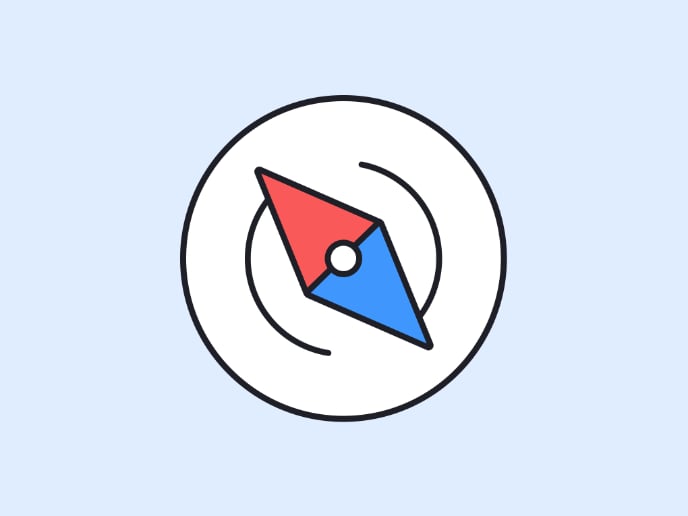
Breaking into Product Management Through Paths Less Traveled
Projects

Crypto App Onboarding

Ghost in the kitchen



